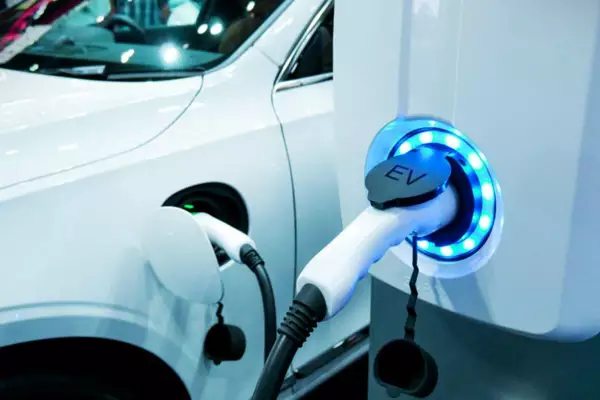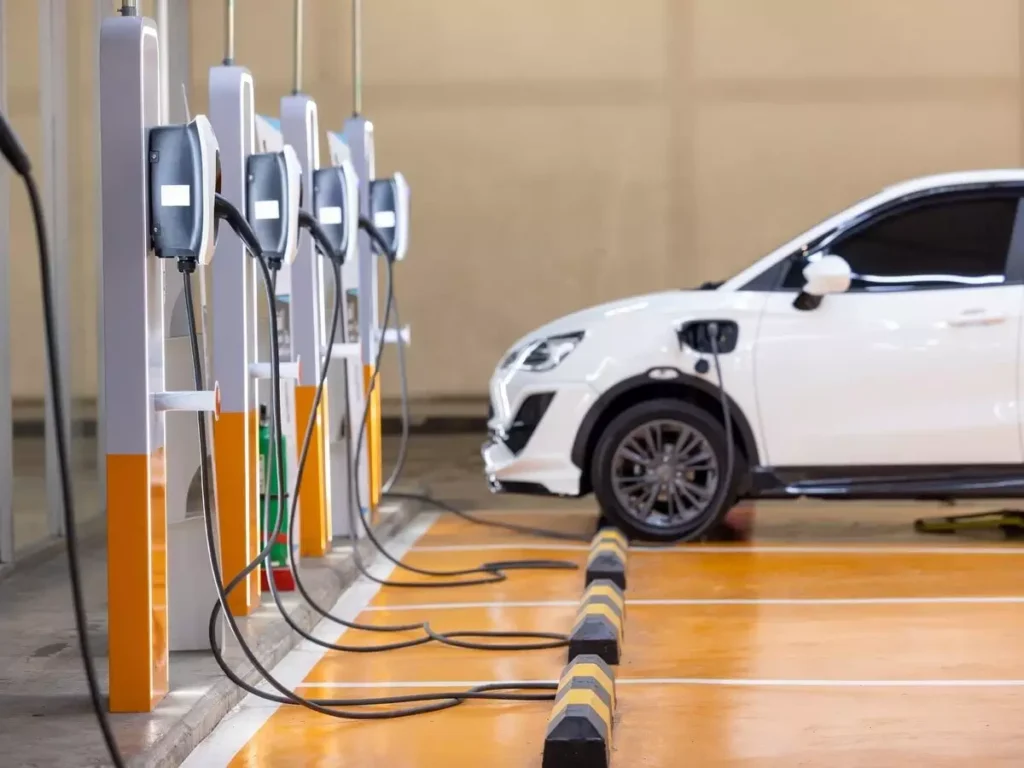The Union Cabinet has approved the PM E-DRIVE Scheme under the Ministry of Heavy Industries, with an outlay of Rs 10,900 crore for two years to promote electric mobility in India.
About PM E-DRIVE Scheme:
- The PM E-DRIVE Scheme aims to promote electric mobility by supporting the adoption of electric vehicles (EVs) across various categories, including two-wheelers (e-2Ws), three-wheelers (e-3Ws), e-ambulances, and e-trucks.
- The scheme replaces the earlier Faster Adoption and Manufacturing of Hybrid and Electric Vehicles (FAME) program.
- A key part of this initiative is the procurement and operation of e-buses under the PM-eBus SewaPayment Security Mechanism (PSM).
Components:
- Subsidies/Demand Incentives: Rs 3,679 crore is allocated for demand incentives to encourage the adoption of e-2Ws, e-3Ws, e-ambulances, and e-trucks.
- E-vouchers will be provided to EV buyers, Aadhaar-authenticated and sent to their registered mobile number.
- Charging Infrastructure: Rs 2,000 crore is designated for the installation of public charging stations (EVPCS) in selected cities and highways to reduce range anxiety.
- E-Ambulances: Rs 500 crore is set aside to deploy electric ambulances, with standards developed in consultation with relevant ministries.
- E-Trucks: Another Rs 500 crore is allocated for the promotion of e-trucks, with incentives for scrapping old vehicles through MoRTH-authorized scrapping centres.
- Test Agencies: Agencies will be modernized to handle new and emerging technologies for green mobility.
Significance:
- Promotes mass mobility through e-buses and public transportation.
- Reduces the environmental impact by encouraging the use of EVs, improving air quality.
- Incorporates the Phased Manufacturing Programme (PMP) to boost domestic production and strengthen the local EV supply chain.
- Supports the deployment of e-trucks, a crucial step toward cutting emissions from heavy transport.
Challenges:
- Electricity generation in India is largely reliant on coal, which reduces the overall green benefit of EVs.
- Underdeveloped charging infrastructure, especially in rural areas, could limit EV adoption.
- Battery technology remains suboptimal, with issues like cost, efficiency, and charging time needing improvement.
Key EV Initiatives
- National Electric Mobility Mission Plan (NEMMP): Encourages the adoption of EVs across India.
- Production-Linked Incentive (PLI) Scheme:
- For the auto and auto component industries to promote the production of electric vehicles and related parts.
- For manufacturing Advanced Chemistry Cell (ACC) batteries, supporting the development of better battery technology essential for EVs.
Ref: Source
| UPSC IAS Preparation Resources | |
| Current Affairs Analysis | Topperspedia |
| GS Shots | Simply Explained |
| Daily Flash Cards | Daily Quiz |
Frequently Asked Question:
What is the PM E-DRIVE Scheme?
The PM E-DRIVE Scheme is an initiative to promote electric mobility by encouraging the adoption of electric vehicles and related infrastructure across India.
What types of electric vehicles are supported under the PM E-DRIVE Scheme?
The scheme supports electric two-wheelers, three-wheelers, e-ambulances, e-trucks, and e-buses.
Why is electric vehicle adoption important for India?
Electric vehicles help reduce pollution, decrease reliance on fossil fuels, and promote a sustainable transportation system.



